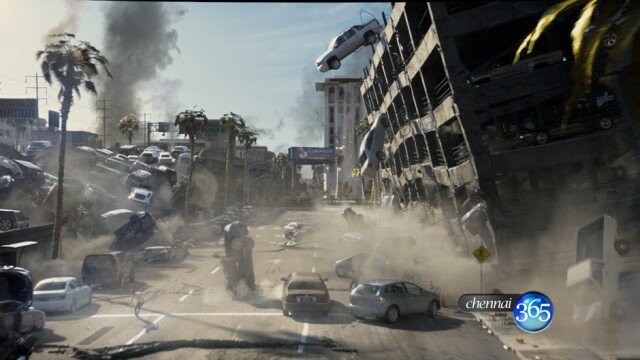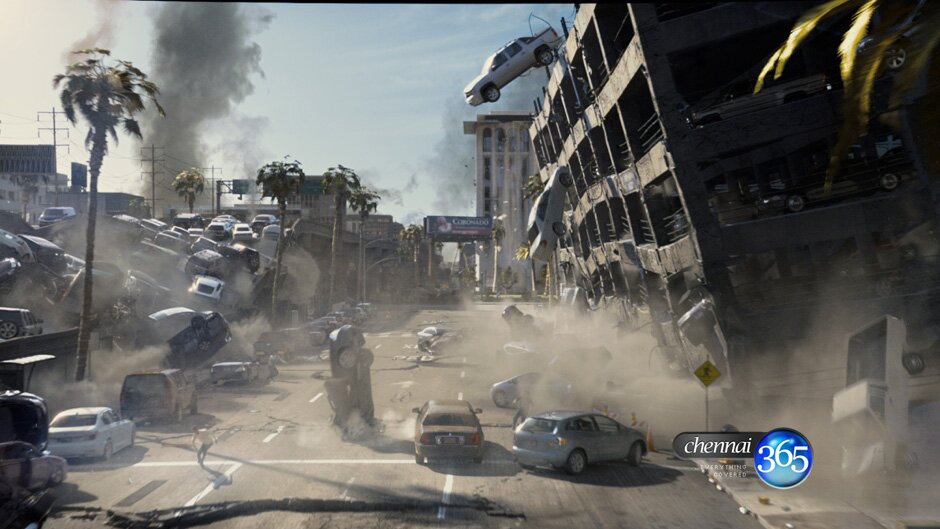 In Part 1 of this series, The SunBreak’s Northwest Earthquake Correspondent Arne Christensen checks in with John Schelling (@jdschelling) of the Washington Emergency Management Division about earthquake preparation, in advance of the state’s ShakeOut preparedness drill on October 18th. Arne has also written a previous series on earthquake preparedness in the tech sector, and the psychology of readiness. He also maintains this Nisqually Quake site, which collects stories on the subject.
In Part 1 of this series, The SunBreak’s Northwest Earthquake Correspondent Arne Christensen checks in with John Schelling (@jdschelling) of the Washington Emergency Management Division about earthquake preparation, in advance of the state’s ShakeOut preparedness drill on October 18th. Arne has also written a previous series on earthquake preparedness in the tech sector, and the psychology of readiness. He also maintains this Nisqually Quake site, which collects stories on the subject.

Aside from “drop, cover, and hold on,” what’s the most important thing people can do to prepare for earthquakes?
Anything! If people can do at least one more thing to become better prepared for an earthquake, they will definitely be prepared for the disasters that occur more frequently in Washington. Personally, I recommend everyone have a plan! It doesn’t have to be something long and complex…a piece of paper or two will work just fine.
Your plan should include some basic details, such as phone numbers for out-of-area contacts (best to have more than one in case your first choice isn’t home!), and depending upon your situation it should include numbers for schools, daycares, adult family homes, primary care doctors, and numbers for vets and locations of pet-friendly hotels if you have loved ones with four legs.
Your plan should identify specifically where you will meet your family in your neighborhood, as well as places that you would meet in case your home and neighborhood are inaccessible. Our family meeting place inside our neighborhood is at a park next to our house, in case we have a fire or have to evacuate separately. Outside of our neighborhood, we plan to meet at my wife’s office. You should contact your local emergency management office or Red Cross Chapter to determine locations of shelters in your area and have a primary and secondary choice. You may also want to include phone numbers for the shelters in your plan.
Can you see the theme here? Yep, it’s redundancy. It is best to have a primary and a secondary choice for each part of your emergency plan since we cannot rely on just a single point of contact, rendezvous point, etc. Also, make sure all of your family members have a copy in a waterproof container, like a ziplock baggie, that they can keep in a backpack, car, school, office, and home.
What people, families, neighborhoods, communities, do today to prepare will determine how quickly they recover from our next disaster. It will also give them peace of mind knowing that they have done everything they can to help themselves and their families. Building and exercising a plan allows a person to spring into action rather than by crippled by fear or panic when faced with an otherwise frightening situation.

Do you think people should try to make themselves more mindful of disaster threats on a day-by-day basis (such as noting the Northwest’s many small earthquakes), to educate and train themselves for when a disaster does happen? Or would that simply create a lot of useless worry?
Since Washington generally experiences on average four or so earthquakes per day, I wouldn’t suggest that people try and keep track of them or needlessly worry. However, I would highly recommend over the course of one year Pacific Northwesterners do at least one activity per month to help themselves and their families become better prepared.
We’ve developed an easy to follow program called “Prepare in a Year,” which is designed to help people get ready over a 12-month period by dedicating just one hour per month to emergency preparedness.
Already prepared? Well…now it’s time to think global and act local. Okay, maybe not global, but at least think about your neighbors! If you haven’t met them before an earthquake, I can almost guarantee that you’ll meet them afterwards. So, why not start working together to get your street, your cul-de-sac, the floor in your apartment building, ready beforehand?
Wouldn’t it be great to know by name exactly who you could turn to in your neighborhood for a skill or a resource in an emergency? Think about how reassuring it would be to know that your neighbors two doors down have CPR training, or that your neighbor across the street is a licensed amateur radio operator and can communicate directly with responders when phones are down?
To help make neighborhood and community preparedness easier, we’ve created an award-winning program called Map Your Neighborhood, which builds on the age-old concept that neighbors can help neighbors respond and recover from the events that Mother Nature throws our way. You can check out our website and then contact your local emergency management office to get involved.
I also suggest that when you feel a smaller earthquake or hear about something happening halfway around the world, like the Japan earthquake and tsunami, pause–for just a minute–and really assess what you have done to date. Would you have been ready? If not, take that first step: I promise you’ll feel so much better after you do! There’s no need to worry if you take steps ahead of time to prepare your family, your home, and your workplace for the unexpected.
